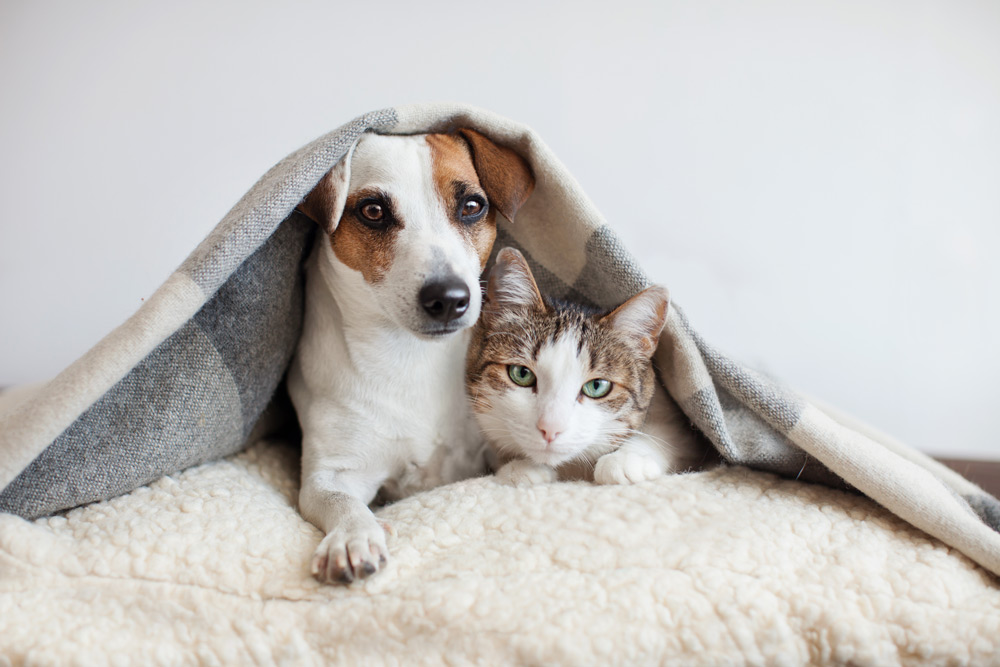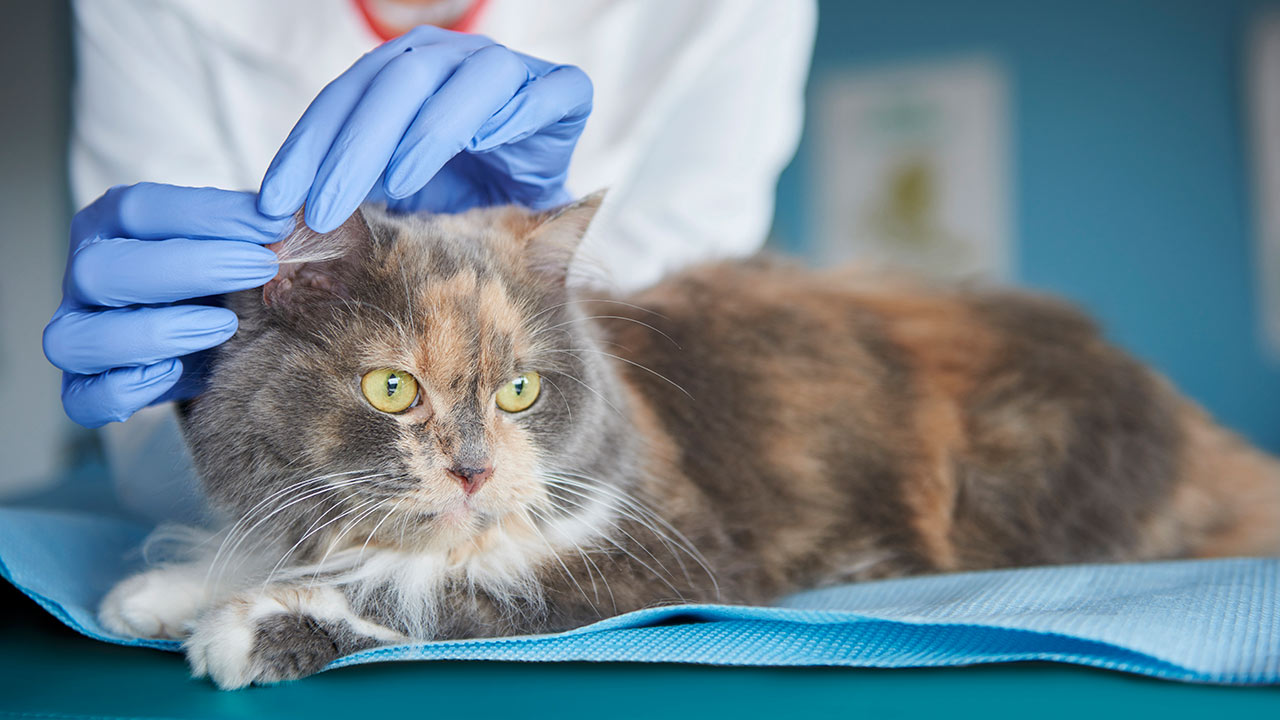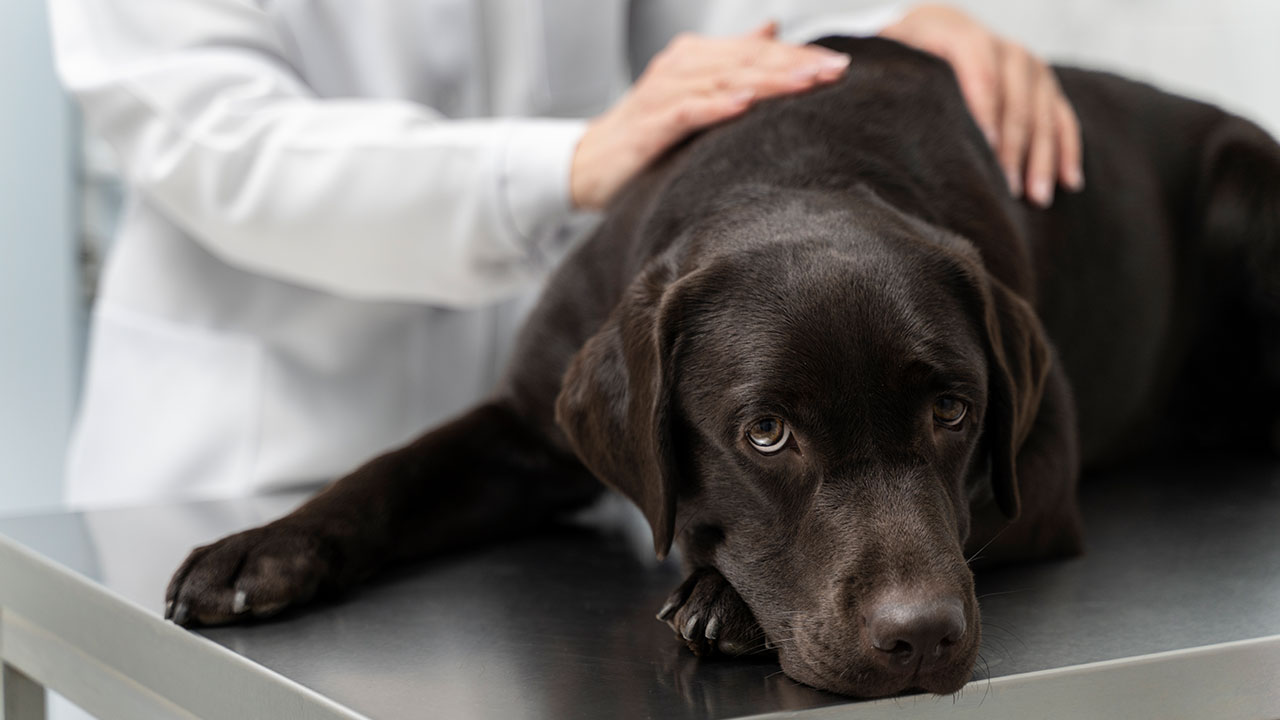Tips for cat owners
Many cat owners know the struggle of taking their cat to the vet, and the struggle is real. Many cats do not only dislike the vet examination, but also getting loaded into the cat carrier, the trip itself, the smell, sound, and sight of other pets in the waiting room – and then the trip back home. A stressed out, crying cat is a heartbreaking experience. Nevertheless, vet visits are crucial to keep your feline friend healthy, and you can help reduce the stress your feline friend associates with vet visits by careful planning.
- Introduce and make a positive association with the cat carrier as soon as your cat moves into your home. Place the carrier in an area of your home where the cat likes to spend time. Leave the carrier open, and make it cozy with a blanket or soft towel. Encourage your cat to get into the carrier by placing favourite treats, toys, or catnip inside. After days or weeks, you can start closing the carrier door for a short time, so your cat gets used to that.
- When scheduling a visit to the vet, chose a time when your home is calm and quiet, so you can leave home with as little stress as possible. If possible, it is also a good idea to book your appointment at a time when the vet clinic is not too busy, so you can arrive at a quiet time of day.
- Consider using calming products like pheromone spray for cats for the carrier, and give your cat a stress-reducing food supplement some days in advance of your visit to the clinic. You can also talk to your vet about the option of giving your cat prescription medication, to help reduce the stress of transportation and the veterinary visit itself.
- Line the inside of the carrier with a soft towel, but also bring a light blanket or towel and cover the carrier during transport and in the waiting room to block out stressful visual stimuli.
- When arriving at the vet clinic you can leave the cat in the carrier in the car while you register with reception – of course, only if it is not a warm day! If the waiting room is very busy and there are delays, you can wait in the car with the cat. Some vet clinics have cat-designated waiting areas. Cats feel more secure if they are above ground level, so your clinic may have shelves or stands where you can place the cat carrier. If not, place the carrier on your lap or the chair beside you. Keep the carrier covered with the blanket you have brought from home. Don´t let any dogs sniff the carrier, and don’t let the cat out of the carrier in the waiting area.
- When entering the consultation room, place the carrier on the table and open the door to the carrier. Give your cat the choice of walking out of the carrier and exploring the room or staying in the carrier. You can also offer your cat some favourite treats. If your cat chooses to stay in the cat carrier, your vet can remove the top of the carrier, and examine the cat while still in the bottom half of the carrier. Therefore, cat carriers where the top can be removed are preferred.
- A few more words about the cat carrier. Buy a good quality carrier that the cat can’t break out of, or scratch through. Never carry the carrier by the handle as it can easily break. Each year cats run away at the parking lot outside vet clinics when the carrier handle breaks. Always secure the carrier in the car by using a seatbelt.
- If you have more than one cat you should be aware of the fact that the cat coming home from the vet can behave or smell so differently that the other cat(s) may react strongly to it. It can be necessary to keep an eye on them or even separate them for a day or two. Be prepared to have two litter boxes in that case.
Tips for dog owners
Taking your dog to the vet can be a challenging experience, but with good preparation you can help your dog reduce the stress associated with it.
Besides preparing for the visit, it can also be a good idea to bring your dog to the vet just to get a few treats and a cuddle from the staff, this way your dog will have positive experiences at the clinic without the hassle of being examined.
- Create a positive association with the car and carrier/crate if one is needed. If your dog needs a carrier/crate, then place it in an area of your home where your dog likes to spend time. Make it comfortable with a soft blanket or towel with your scent and encourage your dog to explore it with the use of treats or toys. Gradually increase the length of time your dog spends in the carrier/crate and in the car, starting with short, stress-free periods and slowly extending them. For car rides, start with short rides to fun destinations.
- Schedule vet appointments at times when your home and the vet clinic are likely to be calm. Avoid feeding you dog a large meal before the trip to prevent nausea.
- Use calming products like pheromone spray for dogs and stress-reducing food supplements some days in advance of your visit to the vet. Pheromone spray can be sprayed in the crate or car 15 minutes in advance or sprayed on a bandana your dog can wear like a collar.
- Bring favourite toys, treats or a blanket with a familiar smell to provide a sense of security.
- Secure your dog in the car by using seatbelt or crate.
- When arriving at the vet clinic you can leave the dog in the car while you register with reception – of course, only if it is not a warm day! If the waiting room is very busy and there are delays, you can wait in the car with the dog.
- Plan to arrive in advance so you have time for your dog to relieve itself before entering the clinic.
- Find a quiet place in the waiting area for you and your dog. Keep your dog on a leash so it cannot get in contact with other dogs, cats, rabbits etc. in the waiting area.
- When in the consultation room, allow your dog to explore and get comfortable with the new environment. Avoid restraining unless necessary.
- Consider exploring the concept of cooperative care training of dogs, or make sure your dog is comfortable with having paws, facial area and body touched.
Your dog or cat may never grow to love going to the vet, but hopefully these tips can help make the experience less stressful for you and your beloved pet.





